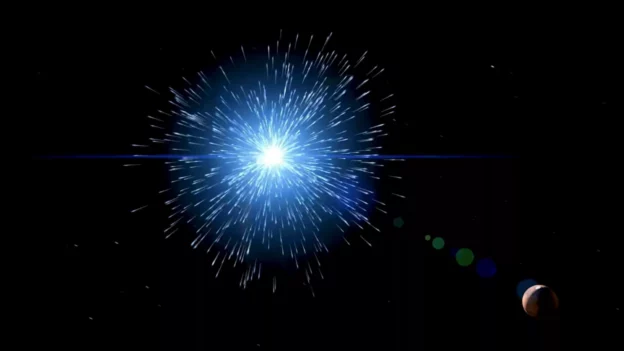NASA has started a new project that seeks to understand how solar radiation and particle bombardment affect the planet Mars . The objective is to identify energy possibilities and prevent latent dangers.
A study of maximum solar potential
This study is particularly intensified now that the Sun is close to reaching a solar maximum , a phenomenon that occurs every approximately 11 years due to changes in the Sun’s magnetic field, and which can cause solar storms of great intensity.
Consequently, NASA has designated two of its spacecraft, the MAVEN ( Mars Atmosphere and Volatile EvolutioN ) orbiter and the Curiosity rover , to carry out a detailed analysis of these effects. Unlike Earth, Mars lacks a global magnetic field to protect its surface from these storms, exposing any future manned mission to the rigors of space.
Likewise, Shannon Curry, principal investigator of the MAVEN project, highlighted the importance of this research for future manned missions . According to Curry, understanding the effects of radiation during periods of intense solar activity is important to ensure the safety of astronauts and equipment on Mars.
Radiation and particle bombardment
The cooperation between MAVEN and Curiosity will allow scientists to get a clearer view of how radiation affects both Mars’ upper atmosphere and its surface. The Curiosity rover , in particular, plays an essential role with its RAD ( Radiation Assessment Detector ) instrument, which measures the intensity of solar particles and their impact on the decay of organic molecules on the Martian surface.

The study of Mars particles. Source: NASA Jet Propulsion Laboratory.
This project is not only crucial for the preparation of future human missions and strengthening knowledge about Mars , helping to reveal the mysteries of its ancient past. Both MAVEN and Curiosity have been key players in this process since their arrival on the Red Planet in 2013 and 2012, respectively.
Follow us on social networks and don’t miss any of our publications!
Inspenet.com YouTube LinkedIn Facebook Instagram X
Source and photo: NASA Jet Propulsion Laboratory

